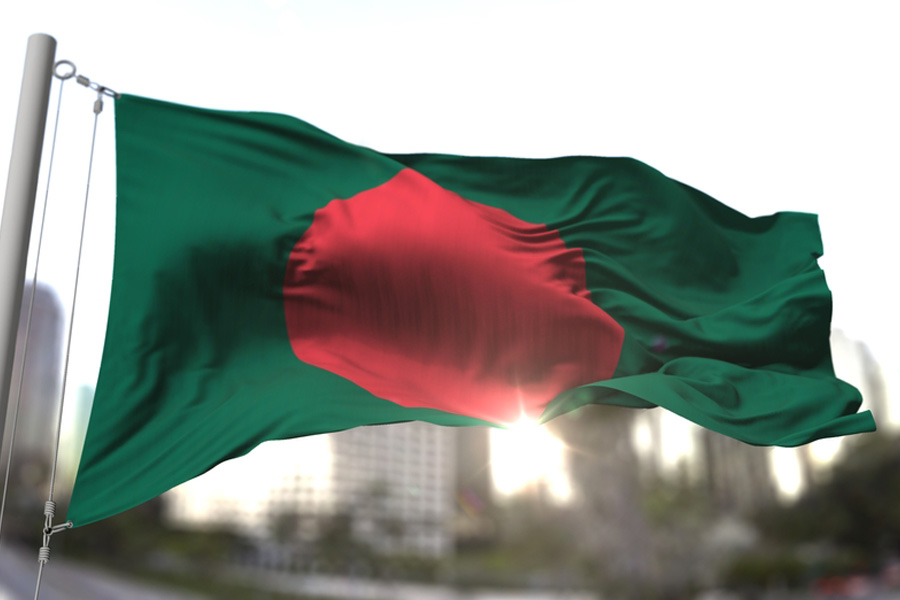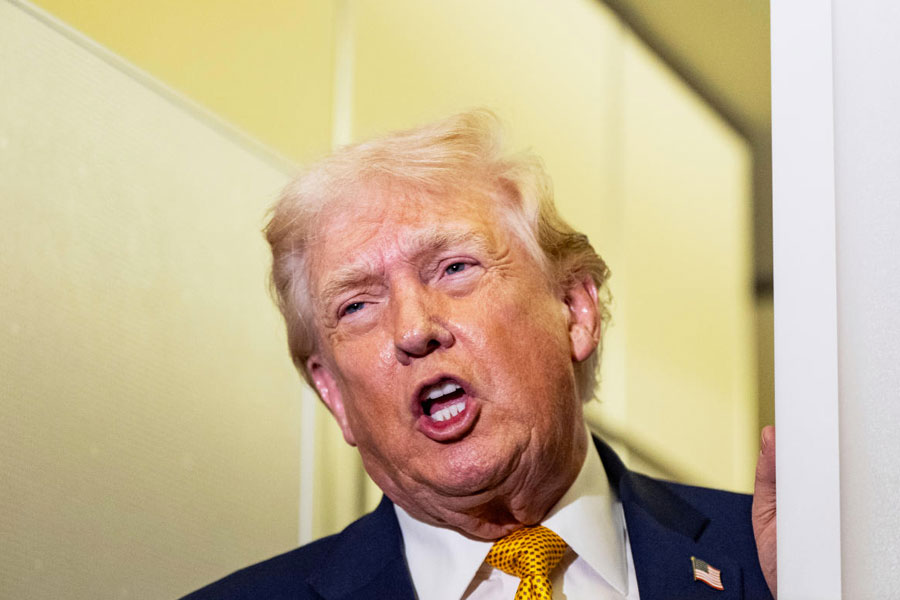 |
 |
 |
| (From top) Kumaraswamy, Siddaramaiah and Yeddyurappa |
Mandya, May 11: H.D. Kumaraswamy, Siddaramaiah and B.S. Yeddyurappa are hardly familiar names outside Karnataka. Neither young nor “happening”, they don’t gel with the state’s tech-savvy image.
Yet the three men have emerged the crowd-pullers of the Assembly elections, edging out the likes of S.M. Krishna, Ananth Kumar and even H.D. Deve Gowda.
One of this election’s biggest stories is how Kumaraswamy has taken over the Janata Dal (Secular) brand from his father Deve Gowda.
“Don’t club father and son because Kumaraswamy is the future and Gowda the past,” said S. Murthy, the Bangalore president of the JD(S).
Murthy refused to grant Gowda any role in the making and unmaking of the JD(S)-BJP coalition. “Everything was thought out and executed by Kumaraswamy — the decision to go with the BJP and then to part ways.”
Murthy said Kumaraswamy’s “greatest assets” were transparency, accessibility and freshness. All this may not make the former chief minister a hit in Bangalore, but enter the city’s rural neighbourhood and you can see his appeal.
“He is a good man, a good administrator and has a helping nature,” said Dalit farmer Devraj in Seshagiri Halli.
As chief minister, Kumaraswamy’s biggest gift to the non-rich was land. He facilitated huge land deals along the Bangalore-Mysore highway. The 140km stretch, lined by a few cheap eateries three years ago, is now home to resorts, ayurveda and meditation centres, boarding schools, technical colleges, speciality hospitals and IT parks.
Officially, land prices soared to Rs 50-75 lakh an acre and created an army of new realtors in the villages. Farm hands began dabbling in real estate.
Devraj, a college dropout, was one of them. He described himself as a “land dealer” who got a 2 per cent commission on every deal he clinched: enough for him to build a spacious home in Seshagiri Halli, buy some land and prepare to get married.
“Kumara Anna has given us reason to dream,” he said.
The Congress’s Siddaramaiah and the BJP’s Yeddyurappa are no dream merchants: they are caste leaders.
Yeddyurappa’s appeal is confined to the dominant Lingayats, who make up 17 per cent of the population, and Siddaramaiah’s to the backward Kurubas (9 per cent).
Yeddyurappa is the southern Kalyan Singh: a Rashtriya Swayamsevak Sangh man who styles himself a champion of the peasants in a largely urban party. Even local Congress leaders concede that he made an impact with his “Baigarhukam kisan yatra” to legalise farmers’ usurpation of government land.
Since 1983, he has been elected five times to the Assembly from Shikaripur. He is fighting against the Samajwadi Party’s S. Bangarappa, who has the Congress’s undeclared support.
The BJP has tried hard to free Yeddyurappa’s appeal from the Lingayat straitjacket. The party credits his “financial wizardry” for the BJP-JD(S) government’s success in increasing the state’s resources from Rs 36,000 crore to Rs 52,000 crore in just over a year without raising taxes, while managing a Rs 120-crore grant to the state wakf board. This is cited as proof of Yeddyurappa’s “fairness and humanity”.
“His acceptability has increased over the past few months,” claimed Arun Jaitley, the BJP general secretary in charge of Karnataka.
While the jury is out on whether Yeddyurappa has transcended his caste moorings in the villages, the BJP believes there is a “sympathy wave” for him over the way he was done out of power by Kumaraswamy, the “great betrayer”.
Siddaramaiah came in useful for the Congress when it was crafting a strategy to unite the non-Lingayats against the BJP.
“After Mayavati, he is perhaps the only leader who can transfer his caste votes lock, stock and barrel to the party he joins,” a Congress official said.
It’s unfair to call Siddaramaiah a party hopper, though. The Ram Manohar Lohia disciple had stuck by the various Janata Dal “avatars” till Deve Gowda refused to make him chief minister in 2004. He then joined the Congress.
As one trailed Siddaramaiah’s roadshow in Mysore, his political turf, his popularity was on display.
“He is the first important backward caste leader the Congress has had after Bangarappa,” said R. Murthy, general secretary of the party’s Mysore unit.










